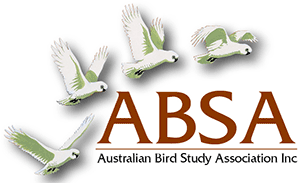Using surveys of nest characteristics to assess the breeding activity of the Tasmanian Wedge-tailed Eagle
| Posted: |
16/04/2021 |
| Author(s): |
Amelia J. Koch, Jason M. Wiersma |
A standardised protocol for surveying raptor breeding activity based on nest characteristics rather than observations
of adults and chicks could reduce the cost and time required for surveys, increase sampling capacity and minimize
disturbance to birds. We examined whether the breeding activity of the Tasmanian Wedge-tailed Eagle
Aquila audax
fleayi can be assessed indirectly by surveying nest characteristics in the late stages of breeding or after the breeding
season. The presence or absence of nestlings (approximately 4–6 weeks old) in 75 nests was assessed either from the
air or from the ground during the 2007–2008 breeding season. Two sources of data on nest characteristics were available
and were considered separately. One set (37 nests) was collected after the breeding season by eagle biologists during
aerial (helicopter) or ground-based surveys. The other set (38 nests) was collected during the breeding season, by trained
forest planners during ground-based surveys. A high proportion of the nests containing nestlings that were surveyed
by eagle biologists after the breeding season were in good condition, had flat tops, brown leaves, whitewash and prey
remains. Nests without nestlings were more bleached than nests with nestlings. Classification tree analysis indicated
that the presence of a flat top or whitewash were comparable models for data collected mid breeding season (26%
misclassification). The presence of a flat top was the best predictor of the presence of nestlings for data collected after
the breeding season (8% misclassification). Nest characteristics change during and after breeding activity, so survey
timing is important to consider when determining the nest characteristics that best reflect breeding activity.
>> Download Abstract |
File Size: 108 KB
>> Download Complete PDF | File Size: 303 KB
